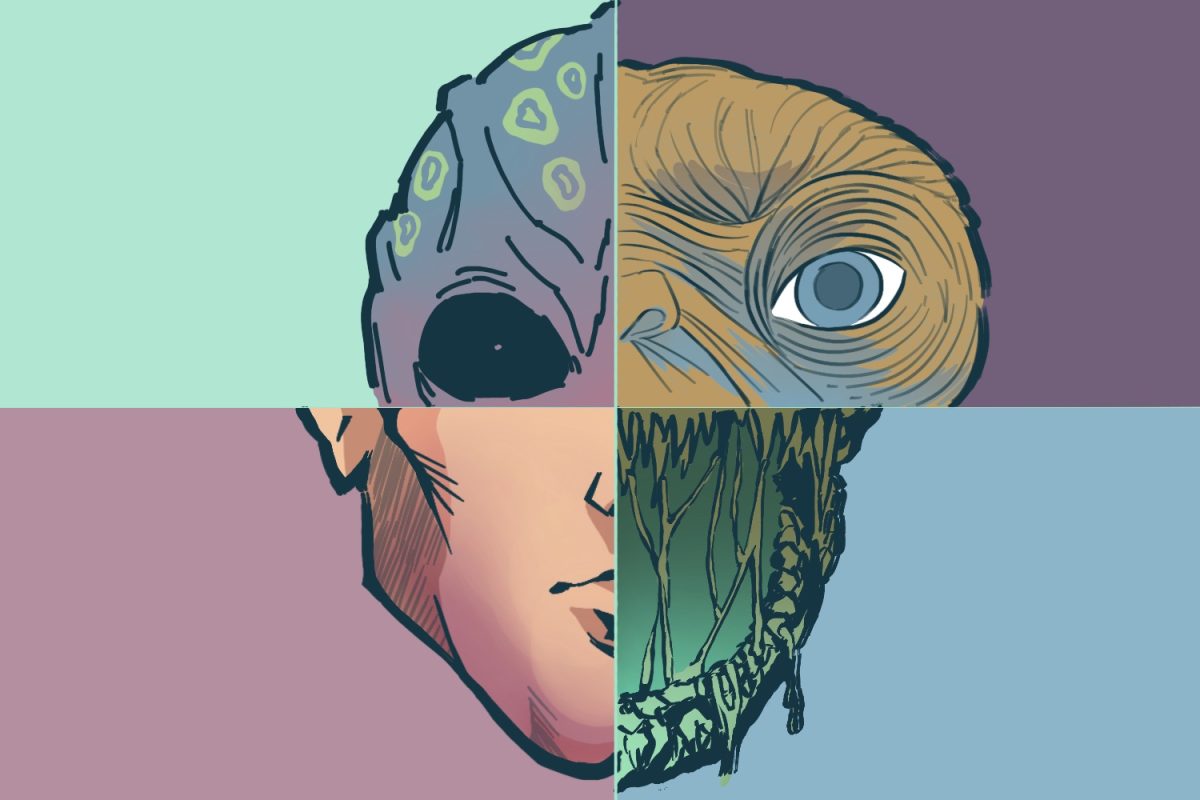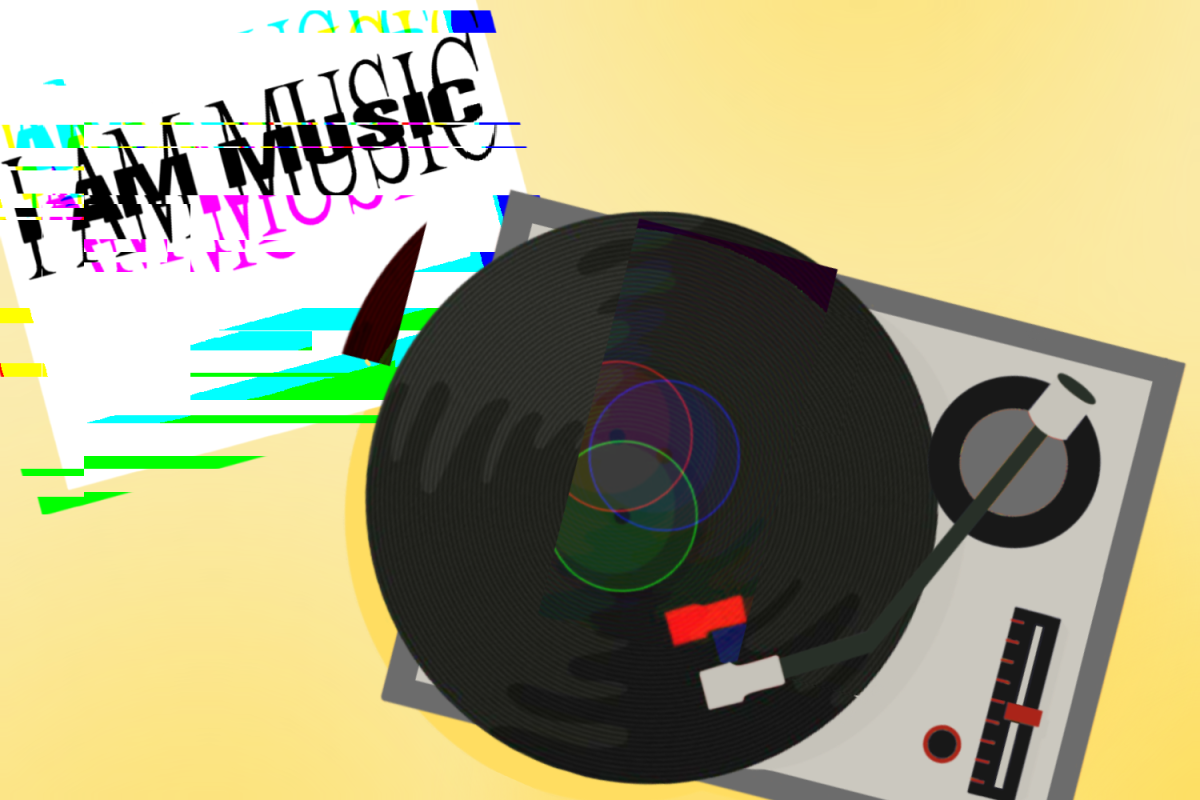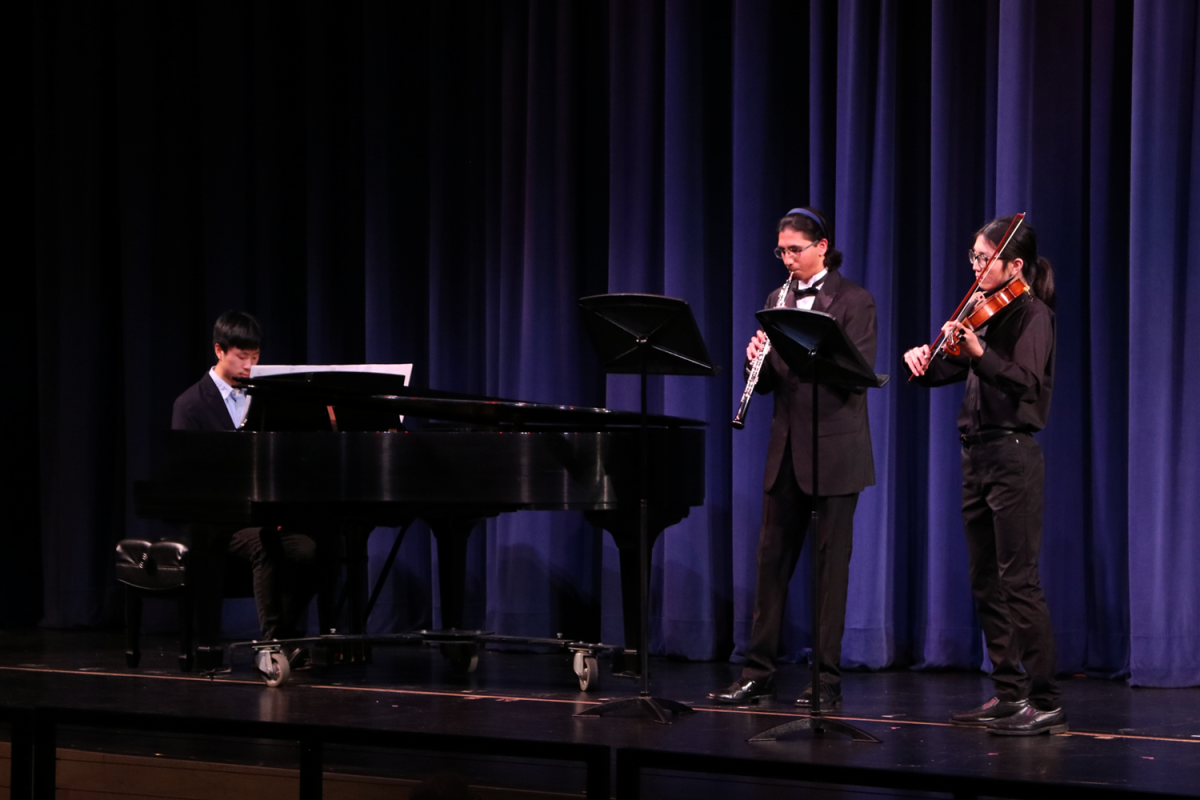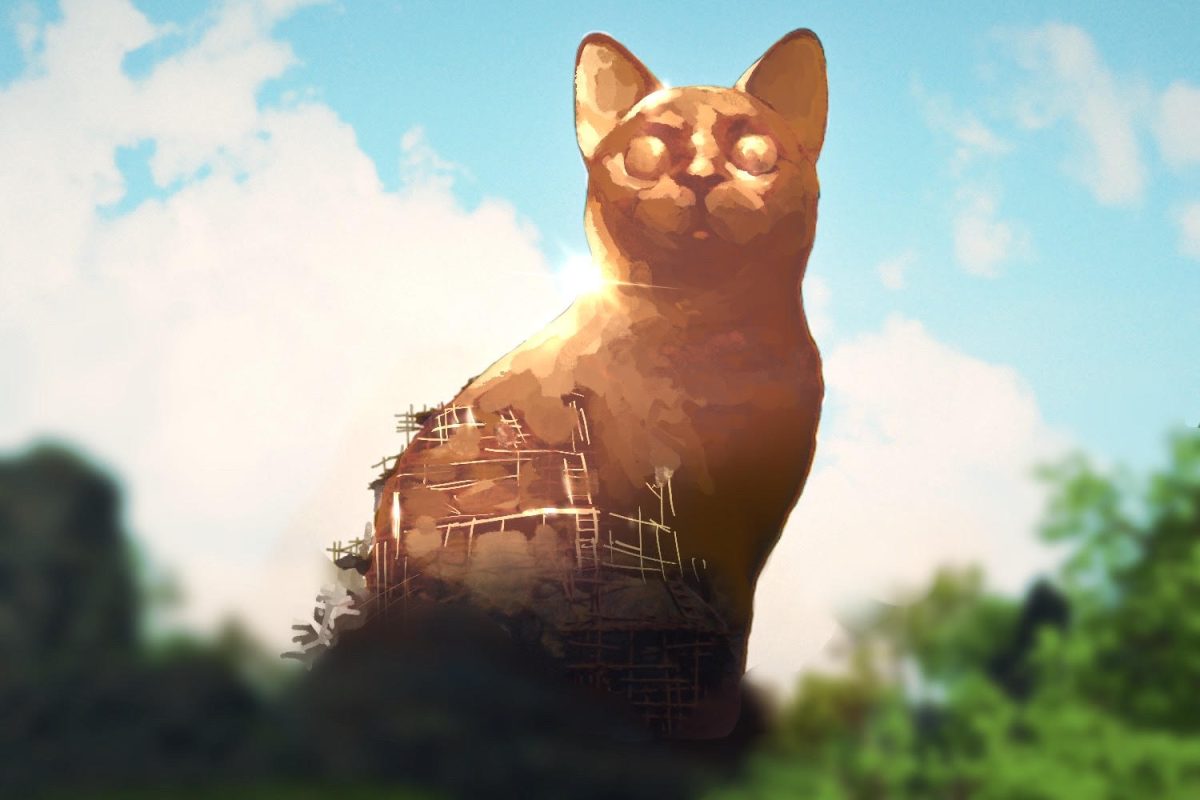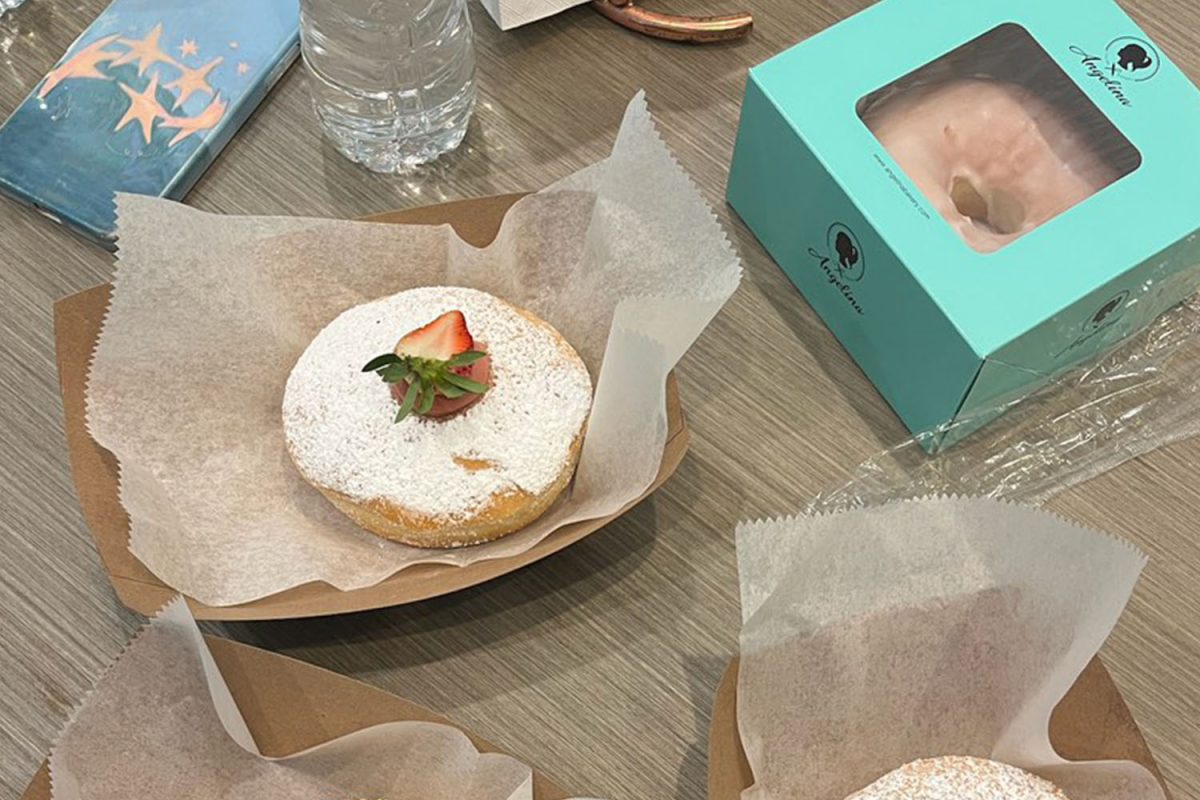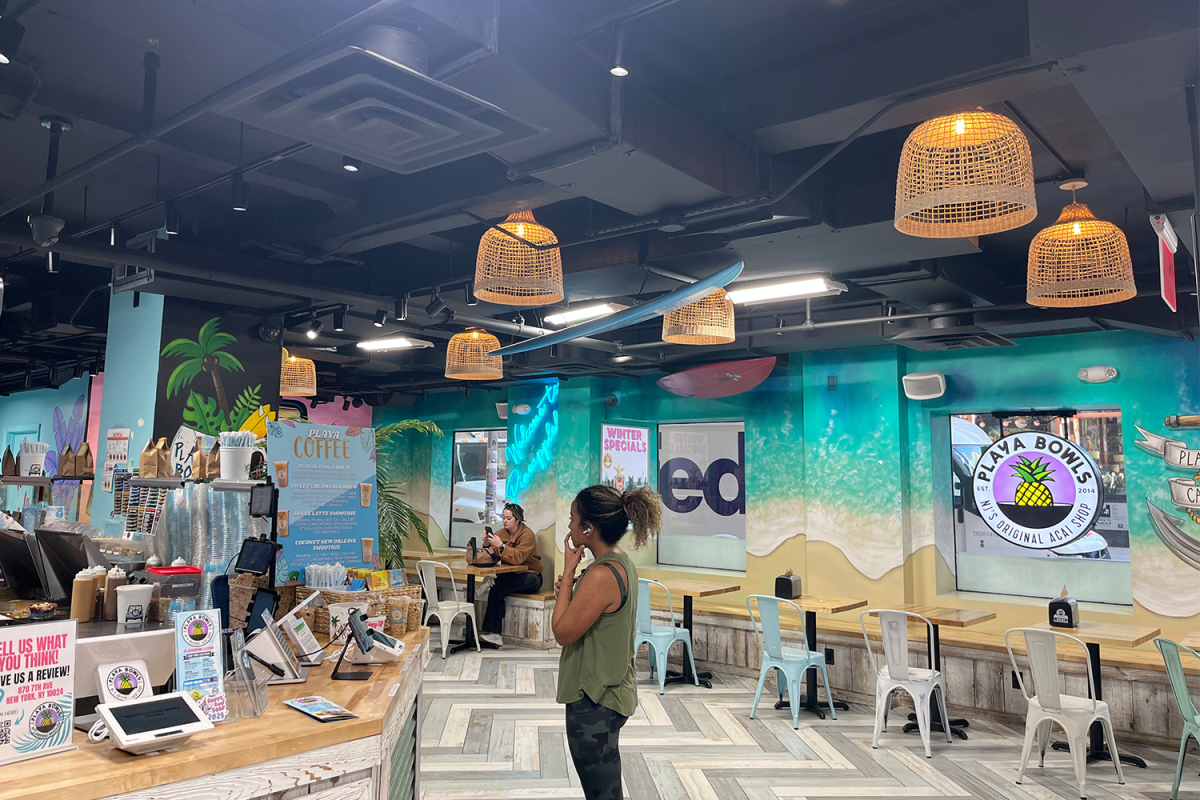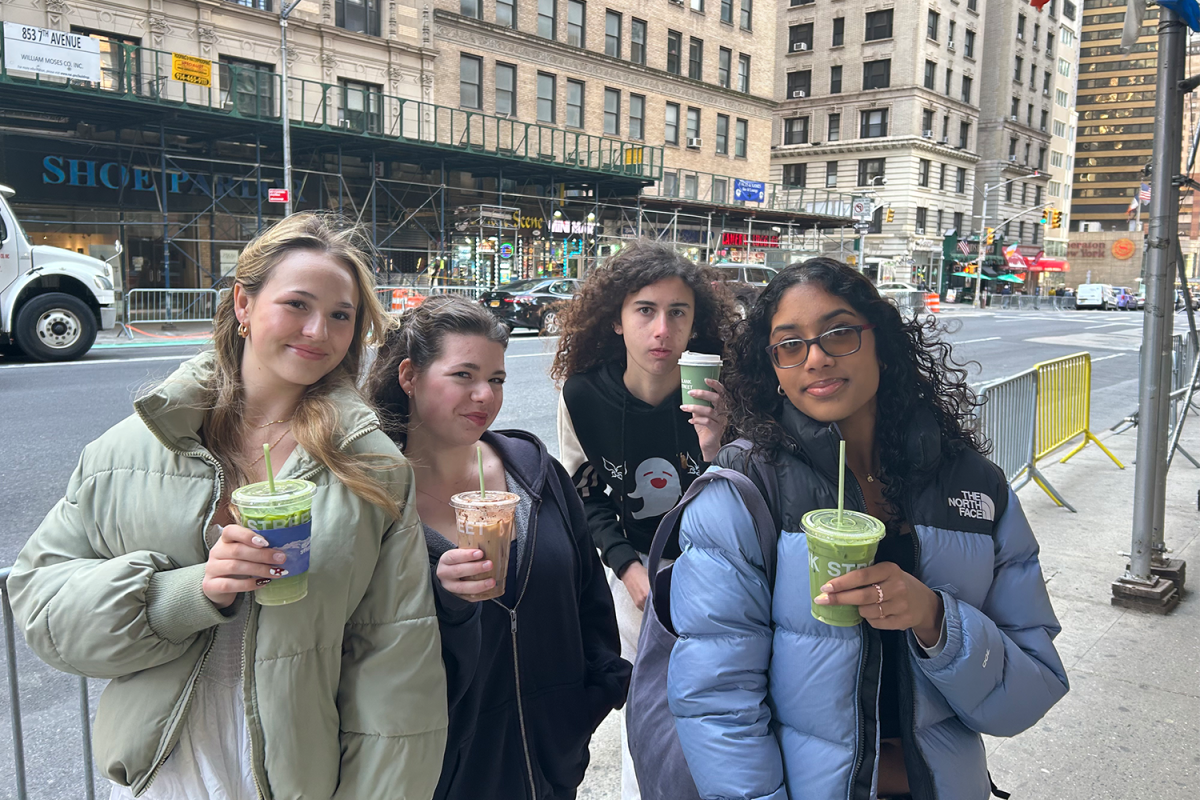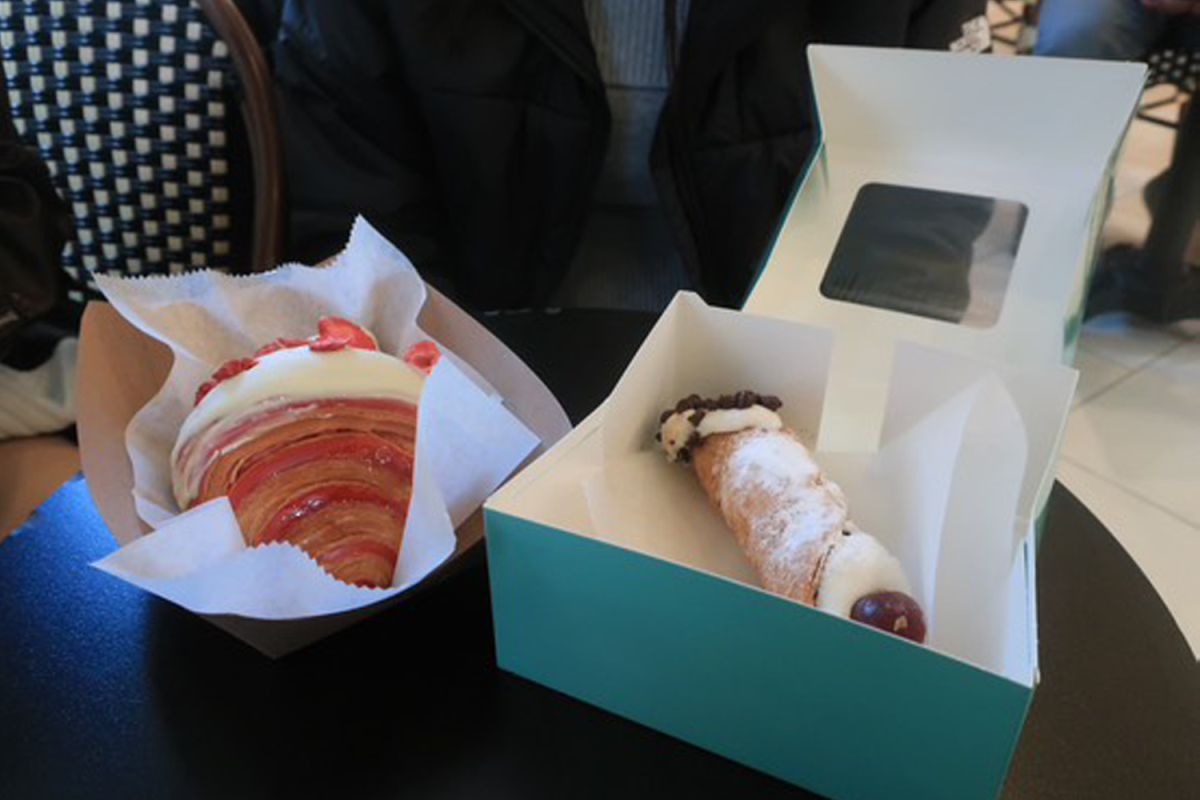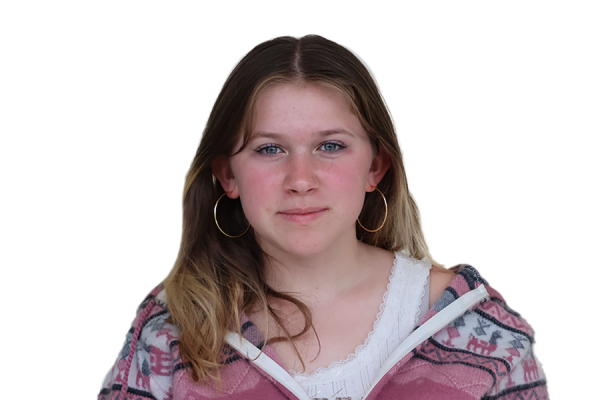Syfy’s “Resident Alien” dropped its third season on Netflix in the United States on Feb. 14, revealing another new alien design as they’ve done for the past two seasons: first with the protagonist’s species, then the Greys, and now the Blue Avians.
“Resident Alien” is a comedic mystery sci-fi series that centers on Harry Vanderspeigle, a character who crashes down to Earth in a small town and disguises himself as a human to fit in. When “Resident Alien” creator Chris Sheridan was directing the design team to create Heather, a blue avian alien introduced in the fourth episode of Season 3, he emphasized the importance of comedy.
The design team created all of the series’ aliens to adhere to the show’s numerous genres, and the Blue Avian, Heather, is used to further a running joke about extraterrestrial beauty standards. The foil to her comedy is the Insectoid, revealed in the last episode of the season, who has a terrifying demeanor and creates more problems for the cast.
“The wonderful thing about design is how flexible it can be. You can create the most gruesome alien imaginable but have it fall down a flight of stairs or struggle to open a door, and it’s funny. Context is as important as the visuals,” said freelance artist and viewer Brenda Coady.
Sheridan also expressed how the show effectively bridges reality and fiction, as many sci-fi shows do.
“Part of what the show does well is take this real world and put otherworldly things within it, but then treat it with reverence and respect, because these are things that are happening now. We’ll always have things like that because it’s a sci-fi show,” Sheridan said in an interview with Syfy Wire.
Coady believes that the designs were effectively translated from the original comic.
“In ‘Resident Alien,’ they have made some good choices with design. The alien is believable, and in certain scenes, it is certainly threatening. The large eyes are very expressive, and the alien is capable of a range of emotions with only small movements,” Coady said.
According to Syfy, “Resident Alien” falls into the subcategory of alien sci-fi popularized by Steven Spielberg’s “E.T. the Extra-Terrestrial,” the story of a child who bonds with an otherworldly creature. Sheridan’s series twists that structure.
“It’s the classic dynamic of a boy learning to be friends with an alien, like Elliot and E.T., but if E.T. was a total d***,” Sheridan said to Syfy Wire.
This dynamic didn’t go unnoticed by fans and is beloved by viewers like Sofia Salay, a student who enjoys character design and interesting narrative interactions.
“Harry, the alien, likes to make off-handed comments about other aliens in pop culture like E.T. and Superman. He’s practically in love with E.T.,” Salay said.
The series uses its design and narrative to shift through genres, but it isn’t outright comedy, mystery, or horror.
“The series is far more comedy than horror-focused. It wasn’t tense like ‘Alien,’ but the down-to-earth nature of the horror did imbue a kind of realistic fear into the narrative,” said horror and sci-fi watcher Taylor Brissenden.
Sheridan wasn’t the first to create a blue avian. Most of the aliens featured in the show, such as the Greys and the Insectoids, are rooted in historical conspiracies, science fiction, and encounters dating back to the late 1800s.
Sheridan takes the opportunity to interview alien believers in episode 16 of Season 2, “I Believe in Aliens,” to amplify the discussion of believers and nonbelievers. Sheridan said he wants his UFO encounter on his honeymoon to play into the show.
“Part of what the show does well is take this real world and put otherworldly things within it, but then treat it with reverence and respect, because these are things that are happening now. We’ll always have things like that because it’s a sci-fi show,” Sheridan said in the same interview.
Salay has not experienced an alien encounter, but the first image that comes to her mind of an alien is close to the modern Grey.
“When I think of an alien, I see a skinny, green creature with big black eyes, like those T-shirts that say ‘aliens are real,’ but we have no idea what they actually look like,” Salay said.
According to History, the Greys, also known as the Roswell Greys, were popularized by the Barney and Betty Hill abduction, but the first connections come from H.G. Wells’ “The Man of the Year Million” in 1893.
“Without giving spoilers, the end of Season 3 suggests that we’ll see more alien design features in future episodes until Harry finds a solution for his predicament,” Salay said.
Sheridan said that “Resident Alien” has been picked up for a fourth season, which is estimated to come to Netflix in late 2025 with 10 mid-length episodes.
The series plans to move from Syfy to USA Network to broaden its audience and lengthen its viability, according to The Express Tribune.
Syfy chose to cut Season 3 of “Resident Alien” from 12 to eight episodes, and fans speculate it may have been due to budget cuts or the lower ratings on the second season. However, Coady still believes the season had a high impact and successfully wrapped up loose ends.
“I believe almost any limitation, whether it be budget or technology, can be overcome with an original and well-executed creature design, and more money will not improve a bad idea,” Coady said.

